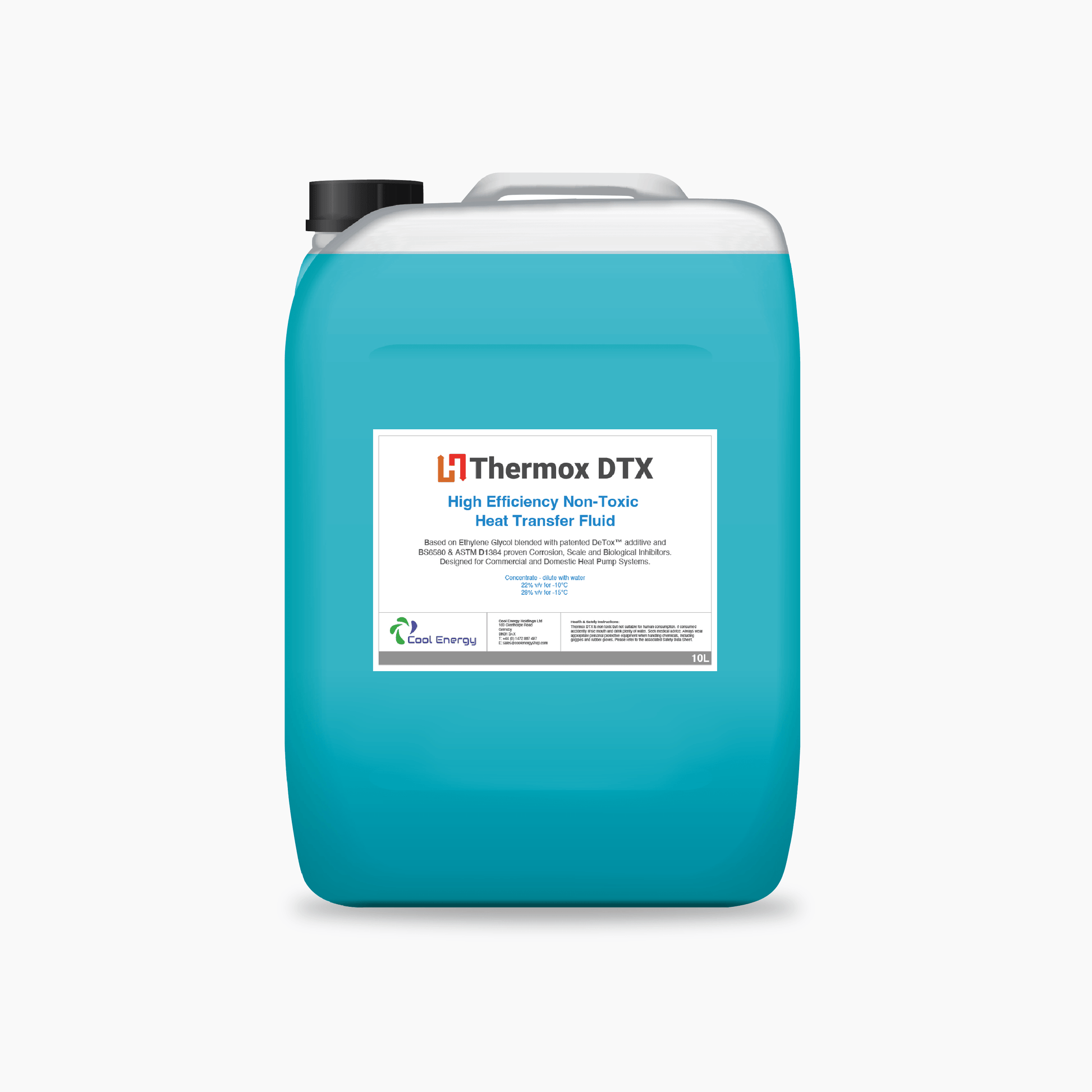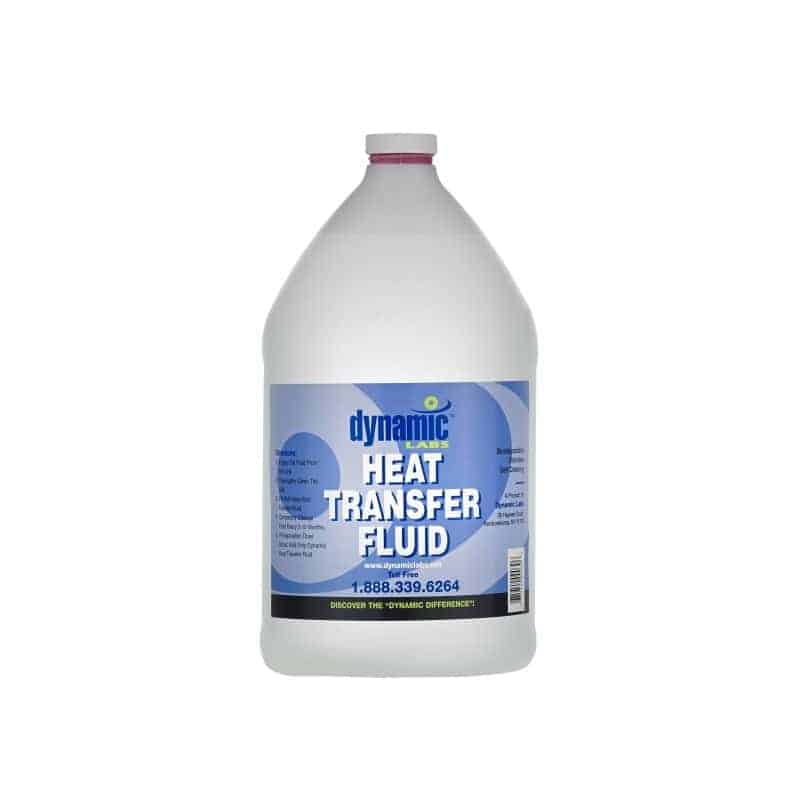Just How to Securely Manage and Throw Away Utilized Heat Transfer Fluid
Just How to Securely Manage and Throw Away Utilized Heat Transfer Fluid
Blog Article
Why Warm Transfer Fluid Is Very Important for Optimizing Energy Transfer in Equipment
The duty of heat transfer fluids in optimizing energy transfer is pivotal for accomplishing effective thermal management across different industrial sectors. These liquids assist in smooth warm exchange, guaranteeing procedures run within optimum temperature ranges and minimizing the danger of getting too hot. Their choice, based upon aspects like thickness and thermal stability, directly influences the efficiency and sustainability of a system. Nevertheless, the details of picking the right liquid are commonly taken too lightly. What are the critical factors to consider for this choice, and just how do they affect both financial performance and ecological duty in commercial applications?

Role in Thermal Administration
Heat transfer fluids play an important function in thermal administration by effectively controling temperatures in different commercial procedures and systems. These specialized liquids help with the transfer of warmth between various elements, guaranteeing ideal operating problems and avoiding getting too hot. By preserving accurate temperature control, warm transfer liquids make it possible for industries such as chemical production, oil and gas, and power generation to operate safely and effectively.
The option of an ideal heat transfer fluid relies on several aspects, including thermal security, heat capability, and thickness. High thermal stability ensures that the liquid can endure extreme temperatures without weakening, while a high heat ability allows it to take in and release significant quantities of warmth - heat transfer fluid. Reduced viscosity decreases the power required for pumping, adding to general system efficiency
Furthermore, warm transfer fluids are essential in applications like refrigeration, where they aid soak up and dissipate heat during the cooling cycle. In solar thermal power systems, these liquids capture and transport solar heat to generate electrical energy or supply warm water. Their flexibility to diverse operating conditions and capacity to keep constant thermal performance underscore their importance in commercial thermal monitoring, promoting operational connection and boosting safety actions.

Enhancing System Effectiveness
To make best use of the advantages of thermal management, boosting system effectiveness with the critical usage of warmth transfer fluids is vital. By preserving optimum temperature levels, heat transfer liquids help make sure that systems run within their designed parameters, consequently protecting against overheating and minimizing the risk of element failure.

Kinds Of Warm Transfer Fluids
The diversity of warm transfer liquids underscores their essential duty in a range of commercial applications, each customized to satisfy particular thermal monitoring needs. These liquids promote reliable energy transfer and are chosen based on vital residential properties such as thermal stability, viscosity, and heat ability. The main types include water, glycol services, oils, and synthetics, each offering distinct advantages.
Water is the most common warm transfer tool due to its high certain heat capacity and inexpensive. Its click this use is restricted by its cold and steaming points. Glycol mixtures, usually utilized in HVAC systems, supply a reduced cold factor, adding versatility in numerous environments. Mineral oils are favored for their thermal security and non-corrosive nature, making them appropriate for high-temperature applications.

Synthetic liquids, consisting of silicone and fragrant compounds, provide phenomenal thermal security and are used in settings requiring severe temperature arrays. These liquids make sure exceptional efficiency in systems where traditional liquids may fail. The choice of a warm transfer fluid is critical, as it influences system performance, safety and security, and durability. Each type needs to be chosen to align with the operational needs and the particular conditions of the application it serves.
Environmental and Economic Perks
Using the appropriate heat transfer liquids supplies significant ecological and financial benefits for industrial procedures. By choosing liquids with exceptional thermal stability and high warmth ability, markets can boost energy effectiveness, bring about decreased gas intake and reduced greenhouse gas exhausts. This adds to a see it here smaller carbon impact and lines up with worldwide sustainability goals. Ecologically pleasant warm transfer fluids, usually naturally degradable and non-toxic, decrease the risk of dirt and water contamination in the event of leakages or spills, therefore securing communities and abiding by rigorous ecological policies.
Financially, the best heat transfer fluid can dramatically minimize functional expenses. Fluids with extended lifecycle performance lower the frequency of substitutes and maintenance, reducing downtime and connected prices. On the whole, the tactical usage of ideal heat transfer fluids supports lasting economic development and ecological stewardship.
Choosing the Right Liquid
How does one browse the complex procedure of picking the right warmth transfer liquid for commercial applications? Picking the ideal liquid is essential, as it straight affects system performance, security, and operational costs. Trick factors to consider consist of thermal stability, compatibility with system products, and running temperature array. Thermal security guarantees the fluid can hold up against heats without deteriorating, while compatibility stops deterioration or other harmful reactions with system elements. The operating temperature array need to straighten with the system's requirements to keep efficiency and long life - heat transfer fluid.
Additionally, the fluid's heat capability and viscosity are extremely important. A high heat ability allows the liquid to soak up and transfer more power, enhancing effectiveness.
Conclusion
The critical option and application of warm transfer liquids are fundamental to enhancing power transfer across various systems. By ensuring high thermal stability and ability, these fluids give exact temperature control and enhance general system efficiency. This optimization adds to lowered functional costs and lower greenhouse gas discharges, therefore promoting sustainability. The choice of fluid, tailored to details viscosity and functional demands, is important for taking full advantage of efficiency and attaining economic and discover here environmental benefits in commercial processes.
Report this page